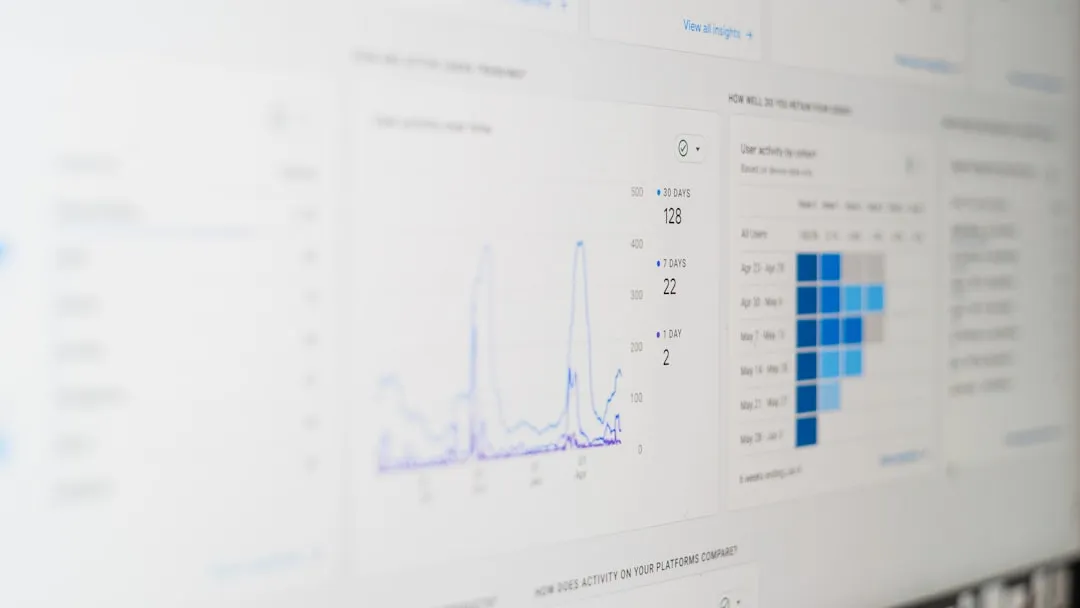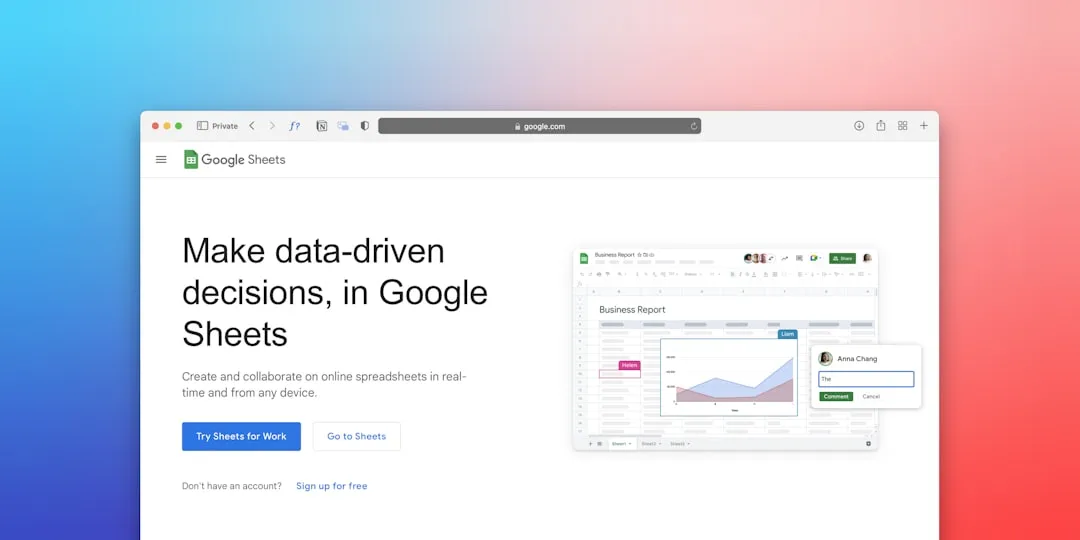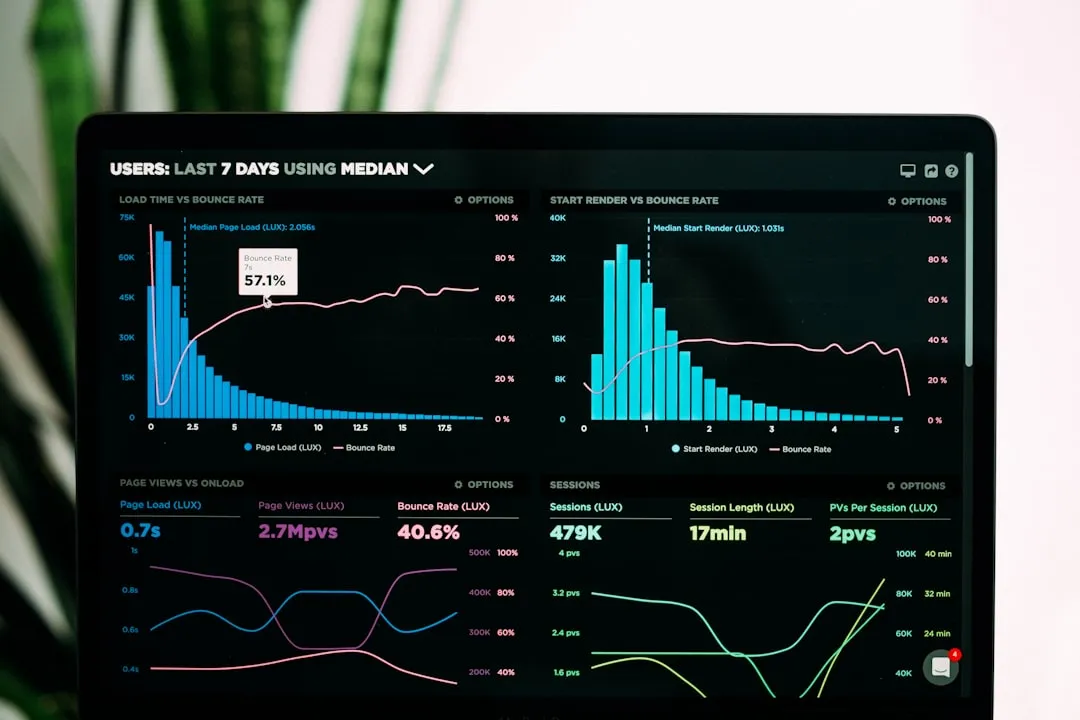
Roadmap Generative AI: Panduan Terbukti Jadi Expert 2025
AI · 27 May 2025
Generative AI jadi kunci karier masa depan, pelajari langkah praktis jadi expert sekarang!

Generative Engine Optimization explained: practical tactics to get LLM citations, provenance, and trusted answers.
Generative Engine Optimization is rapidly reshaping how content earns visibility in AI-driven answers. If you want your work cited by large language models and answer engines, the most valuable insight is simple: structure facts for machines first, humans second. That shift doesn’t mean sacrificing quality; quite the opposite. When you prioritize machine-readable entities, clear provenance, and concise canonical summaries, you increase chances of being synthesized into AI responses. In this guide you’ll learn what GEO encompasses, how it differs from SEO and AEO, and which KPIs matter in 2025. You’ll get concrete on-page tactics: entity-first outlines, TL;DRs, data snippets, structured metadata and schema best practices. We’ll walk through technical needs—publisher feeds, knowledge graphs, APIs—and explain how to measure AI citations, answer visibility, and traffic shifts with real tools. Practical experiments and an implementation roadmap will help you start small and scale fast. By the end you’ll have actionable steps to make your content more discoverable to models and people alike, and you’ll know how Generative Engine Optimization fits into a future-ready content strategy.
Generative Engine Optimization (GEO) focuses on making content likely to be cited, summarized, and used by generative AI and LLM-powered answer systems. Think of GEO as crafting sourceable facts, concise summaries, and provenance that models prefer when synthesizing answers. Unlike classic SEO where rankings depend on links and keywords, GEO rewards trust signals and structured data that LLMs can ingest. Primary goals include citation, trust, and prevalence in AI-generated outputs. For example, a financial report with clear entity tags, machine-readable tables, and an author profile is far more GEO-ready than a long narrative lacking schemas. Practical scope spans content strategy, schema markup, API access, and publisher feeds; it also touches legal and ethical attribution. GEO merges editorial craft with data engineering: canonical summaries, FAQs, TL;DR boxes, and explicit data snippets increase citation likelihood. In short, GEO prepares your content to be found and trusted by both humans and machines, which is essential if you want brand mentions inside AI answers or overviews.
How do GEO, AEO, and SEO differ in 2025? Briefly: SEO optimizes for search engine rankings, AEO targets concise answers and snippets, while GEO targets generative models that synthesize multi-source knowledge. Ranking signals shift accordingly. SEO emphasizes backlinks and relevance; AEO values snippet-friendly structure; GEO emphasizes citations, provenance, and model-friendly facts. KPIs for GEO include AI citations, answer prevalence, and provenance score rather than just clicks. Content intent and format also differ: long-form SEO pages drive dwell, AEO favors short Q&A and schema snippets, and GEO favors canonical summaries, data tables, and verified facts. Technical distinctions: structured data, knowledge graphs, and ingestion pathways determine whether LLMs can access and trust content. Below is a compact comparison table showing priorities.
| Signal | SEO | AEO | GEO |
|---|---|---|---|
| Primary Focus | Keywords & backlinks | Snippets & Q&A | Citations & provenance |
| Best Format | Long-form articles | Short answers | TL;DRs & data |
| Top KPI | Rank & clicks | Featured snippets | AI citations |
| Tech Needs | On-page SEO | Structured snippets | Schema & feeds |
| Trust Signal | Links | Authority | Provenance |
Start with an entity-first structure: identify core entities and write concise canonical descriptions for each. Use TL;DR summaries at the top, bullet facts, and tables with clear headers so models can extract answers easily. Include explicit metadata: published date, author credentials, dataset links, and machine-readable facts. Authority matters: implement E-E-A-T with verifiable citations, author bios, and institutional backing. Content formats that win GEO include FAQs, tables, short canonical summaries, and downloadable datasets. Examples: a case study with a data table showing results, or an FAQ that lists exact numbers and sources, increases likelihood of LLM citation. Practical on-page checklist:
Technical infrastructure makes or breaks GEO. Use schema.org types like ScholarlyArticle, Dataset, and NewsArticle with explicit properties: author, datePublished, citation, and dataset links. Publisher feeds and sitemaps should expose canonical URLs and update signals frequently so ingestion pipelines pick up changes. Canonicalization matters: avoid duplicate content and set clear canonical URLs for machine consumption. Build knowledge graphs or link to existing ones; expose entity IDs and use stable identifiers (ISNI, ORCID, DOI). Provide APIs or machine-readable CSV/JSON-LD endpoints to increase provenance. Example implementation steps:
Measuring GEO means tracking new metrics: AI citations, answer visibility, brand mention lift, and organic traffic shifts driven by model referrals. Traditional analytics help, but you’ll need specialized tools: LLM prompt testing platforms, AO/SERP monitors, schema validators, and integrations that tag AI-driven referrals. Create an experimentation framework: run A/B tests comparing canonical summary variations, perform provenance audits to see which sources models cite, and iterate based on answer prevalence. Tools and example metrics:
Comparison table for tools and use-cases:
| Tool Type | Use Case | Example Metric | Frequency | Impact |
|---|---|---|---|---|
| LLM Prompt Tester | Simulate citations | AI citation rate | Daily | High |
| SERP/AO Monitor | Track answer visibility | Answer prevalence | Weekly | Medium |
| Schema Validator | Fix markup | Validation errors | On deploy | High |
| Analytics Integrator | Tag referrals | Traffic shift | Daily | Medium |
| Provenance Auditor | Source checks | Provenance score | Monthly | High |
Start with an audit identifying high-value pages to optimize for GEO: prioritize content with factual data and strong authority. Next, apply entity-first rewrites, add TL;DRs, implement schema and publisher feeds, and expose datasets. Establish governance: an editorial + data engineering workflow with provenance checks, legal review for attribution, and periodic audits. Legal and ethical considerations include clear attribution, mitigation plans for misinformation, and copyright-safe datasets. For future trends, prepare for multimodal models by providing images with ALT metadata and annotated datasets, and watch for AEO/GEO convergence where platforms combine answer and generative layers. Roadmap steps:
Organizational readiness means training teams, defining SLAs for feed freshness, and aligning legal review so content remains trustworthy as models evolve.
Generative Engine Optimization is a practical, technical, and editorial shift that prepares your site for the era of AI-synthesized answers. To take action now: audit your content for entity clarity, add canonical TL;DRs, expose datasets and API endpoints, and implement robust schema markup. Measure success by tracking AI citations, answer visibility, and provenance scores rather than relying only on traditional rank and click metrics. Start small with pilot pages, run controlled A/B experiments on canonical summaries, and scale what yields higher citation rates. Remember ethical obligations: ensure attribution, verify facts, and have correction workflows ready. With a governance plan, you can protect brand reputation while increasing model-driven visibility. Generative Engine Optimization isn’t a single tactic; it’s a systems approach combining authoritativeness, machine-readable facts, and technical accessibility. Make those changes, and you’ll position your content to be discovered and trusted by both people and the AI systems shaping answers in 2025 and beyond.

AI · 27 May 2025
Generative AI jadi kunci karier masa depan, pelajari langkah praktis jadi expert sekarang!

Analytics · 05 Dec 2024
Discover what generative AI really means and how it can spark fresh ideas in everyday life from art to writing and everything in between.

Google Analytics · 20 Sep 2024
Discover how to optimize Google Analytics 4 for better insights and enhanced tracking to boost your online performance and decision-making strategies

Analytics · 13 Nov 2024
Unlock the secrets to effortless SEO with my favorite analysis tools that make optimization feel like a breeze. Join me in exploring how to boost your online presence!

Analytics · 13 Nov 2024
Unlock the world of data analytics with my simple guide to the 7 essential steps of data analysis. Let’s navigate the basics together and make sense of the numbers!

Analytics · 13 Nov 2024
Unlock the world of data analytics with my easy guide to the 5 essential steps. Join me as I break it down simply, just like choosing the perfect recipe!

Analytics · 13 Nov 2025
data analytics beginner guide: A 90-day roadmap to learn SQL, Python, visualization and build a portfolio.

Analytics · 08 Nov 2024
Discover essential data analysis skills to enhance your understanding of data analysis fundamentals and unlock insights for better decision making

Analytics · 03 Nov 2024
Discover essential data analyst skills and learn about the four types of data analytics for effective decision-making and business insights

Analytics · 03 Nov 2024
Discover essential data analyst skills to excel in your career and learn what abilities are crucial for success in the data-driven world